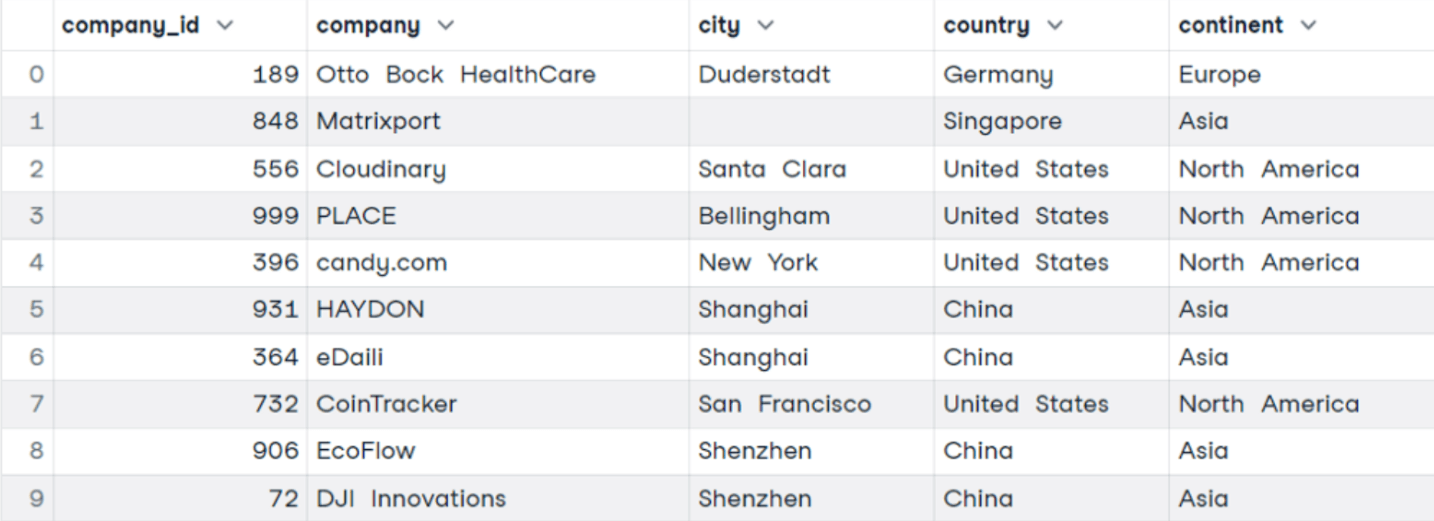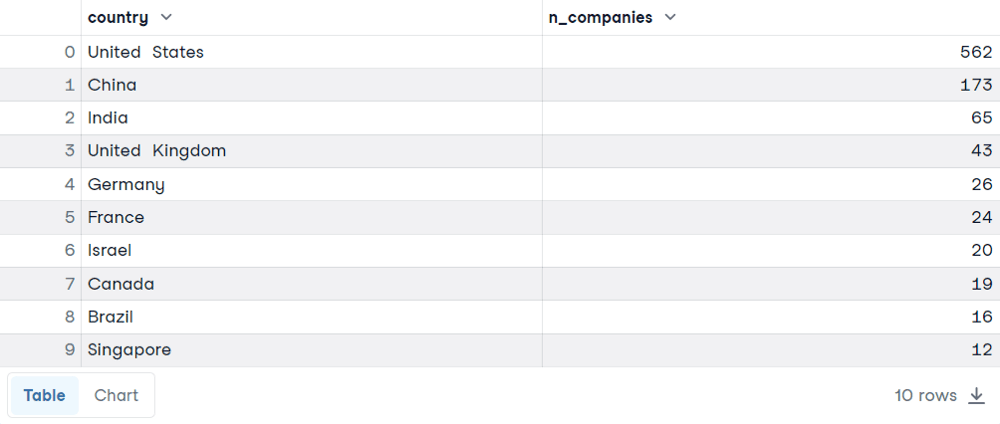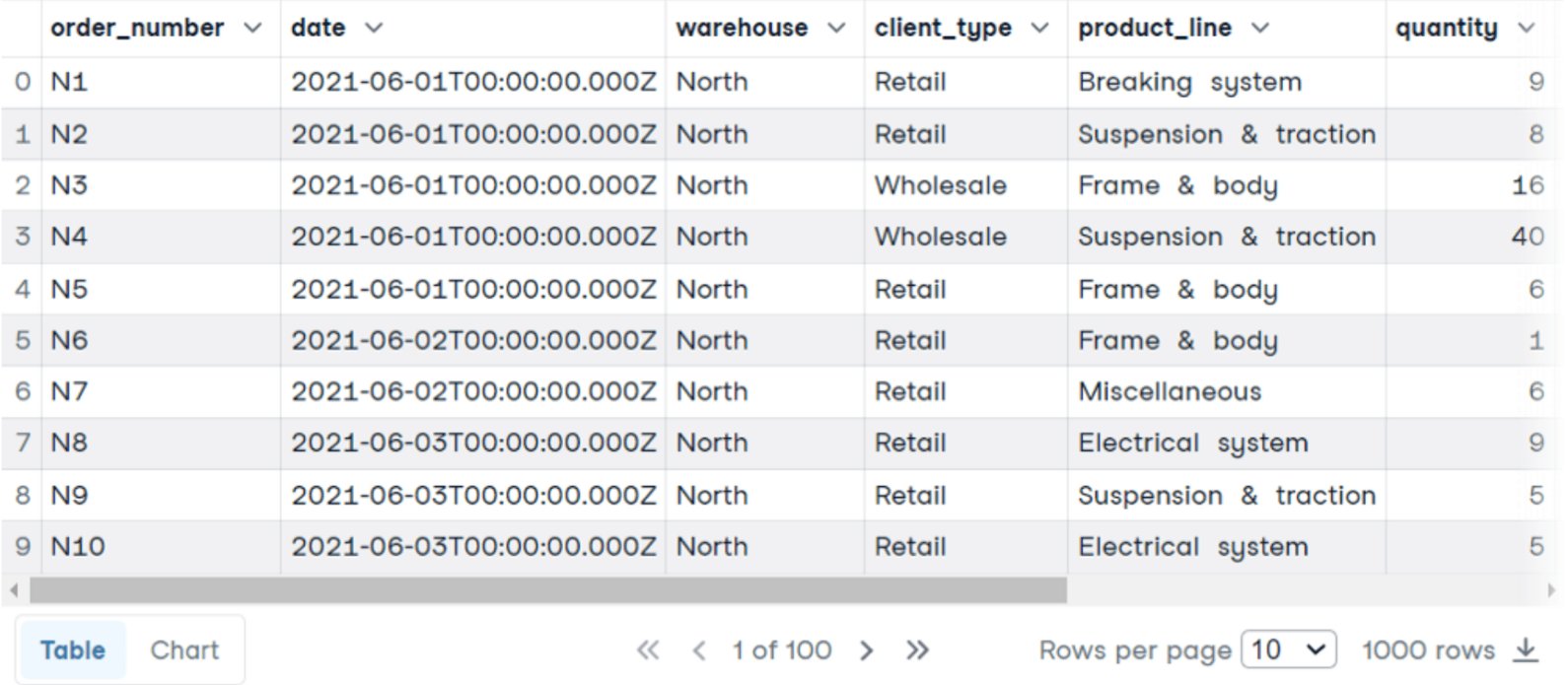course
SQL Upskilling for Beginners
Gain the SQL skills to interact with and query your data.
Topics
SQL Courses
2 hours
726.7K
course
Intermediate SQL
4 hours
228.9K
course
Introduction to SQL Server
4 hours
144.3K
See More
RelatedSee MoreSee More
cheat sheet
SQL Basics Cheat Sheet
With this SQL cheat sheet, you'll have a handy reference guide to basic querying tables, filtering data, and aggregating data
Richie Cotton
5 min
tutorial
Aggregate Functions in SQL
Learn how to use aggregate functions for summarizing results and gaining useful insights about data in SQL.
Sayak Paul
9 min
tutorial
SQL Commands Glossary—An Overview of 25 Most Popular SQL Commands
Learn the basics of the 25 most popular SQL commands and how to use them.
Bekhruz Tuychiev
8 min
tutorial
SQL: Reporting and Analysis
Master SQL for Data Reporting & daily data analysis by learning how to select, filter & sort data, customize output, & how you can report aggregated data from a database!
Hafsa Jabeen
37 min
tutorial
How to Best Use the SQL LIMIT Clause
Learn the application of the SQL LIMIT clause to filter data. Master the use of the LIMIT clause in PostgreSQL and MySQL databases.
Allan Ouko
8 min
code-along
Getting Started in SQL
Learn how to write basic queries in SQL and find answers to business questions.
Kelsey McNeillie








